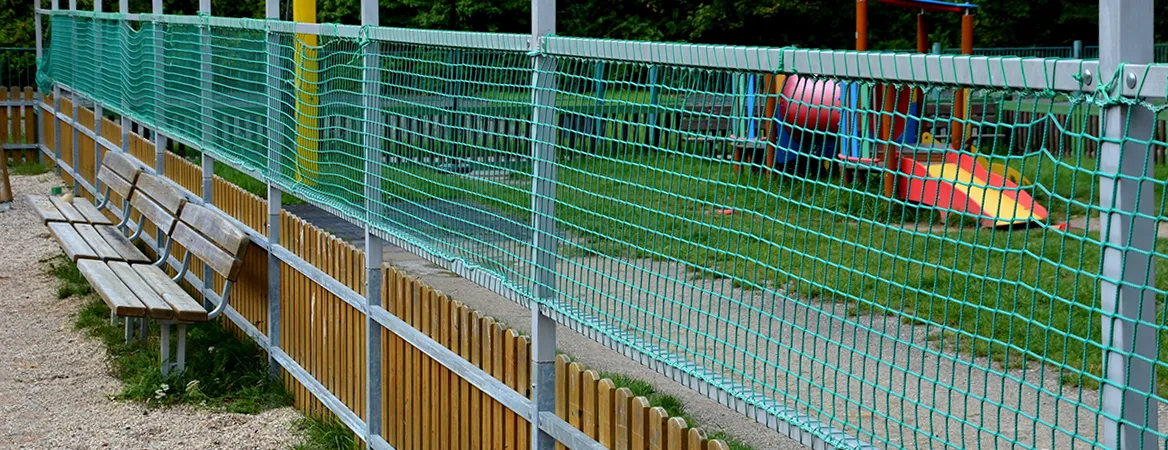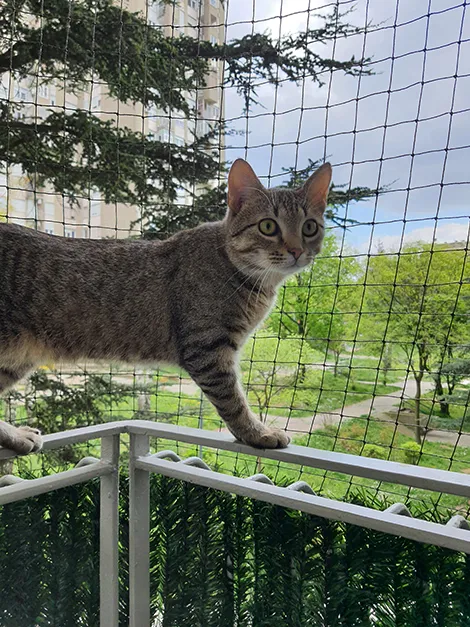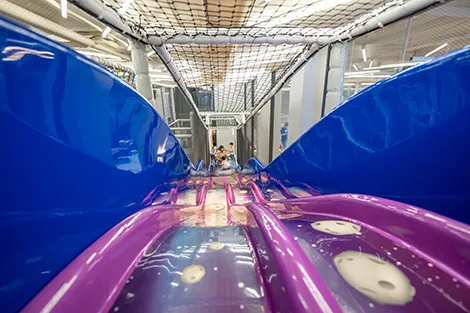Lightweight Safety Barrier

Easily transportable and easily installed, lightweight safety barriers have a wide range of possible uses. Factory floors, building sites, and public gathering places are just some of the places where they might be useful as a precautionary measure. Also, they can be utilized to demarcate regions and keep people and machinery contained. Traffic may be directed and a safe path made for pedestrians with the use of safety barriers. Vehicle supply confinement is an area where safety barriers might be useful. A safety barrier may be used to demarcate an area and confine the vehicles within it, which is useful for a supplier of auto components. This is especially helpful in high-traffic regions, as it reduces the likelihood of accidents and keeps traffic going smoothly. As an added bonus, the barrier may be quickly relocated to provide room for vehicle traffic flow in the event of a shift in parking arrangements.
To keep kids and dogs secure inside the house and out of harm's way, small netting barriers can also be employed in the home. A tiny netting barrier can be erected in front of an entry to restrict access to a certain portion of the house, such as the kitchen or the stairs. This will add an extra layer of security and prevent curious kids and dogs from venturing inside the area. Small netting barriers can also be utilized to establish a secure perimeter around a hazardous location in the house, such as one with sharp edges or toxic plants.








